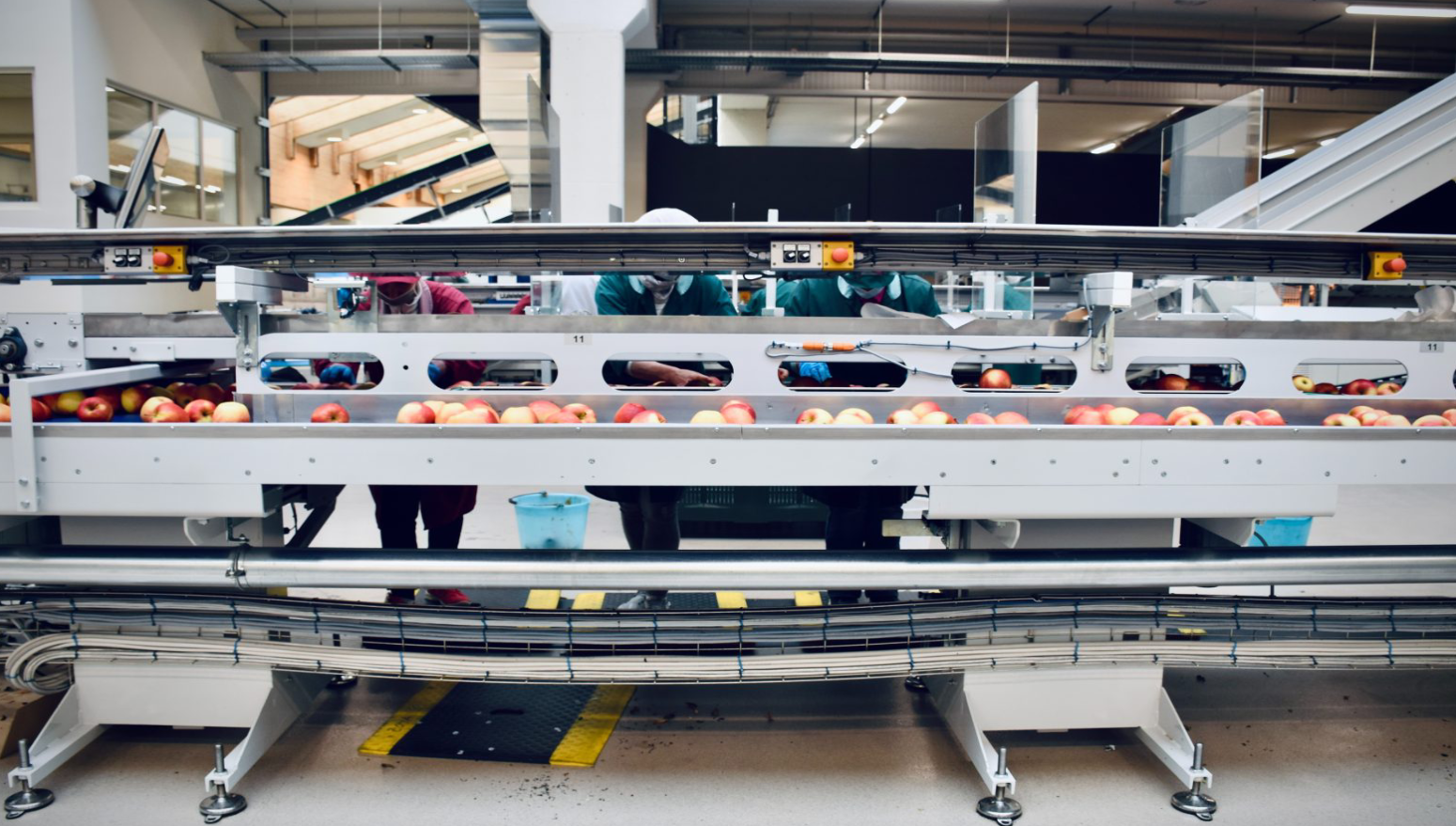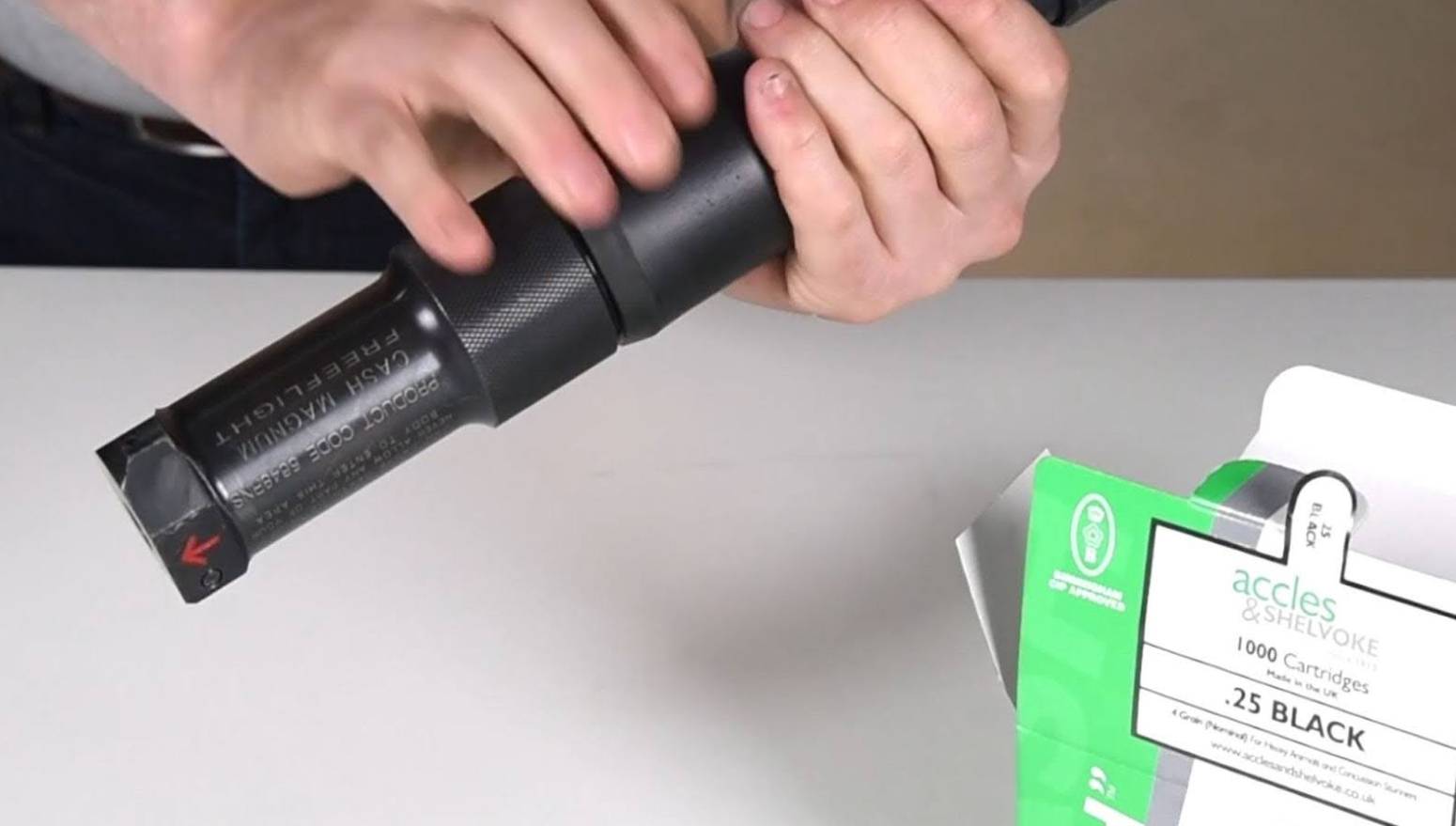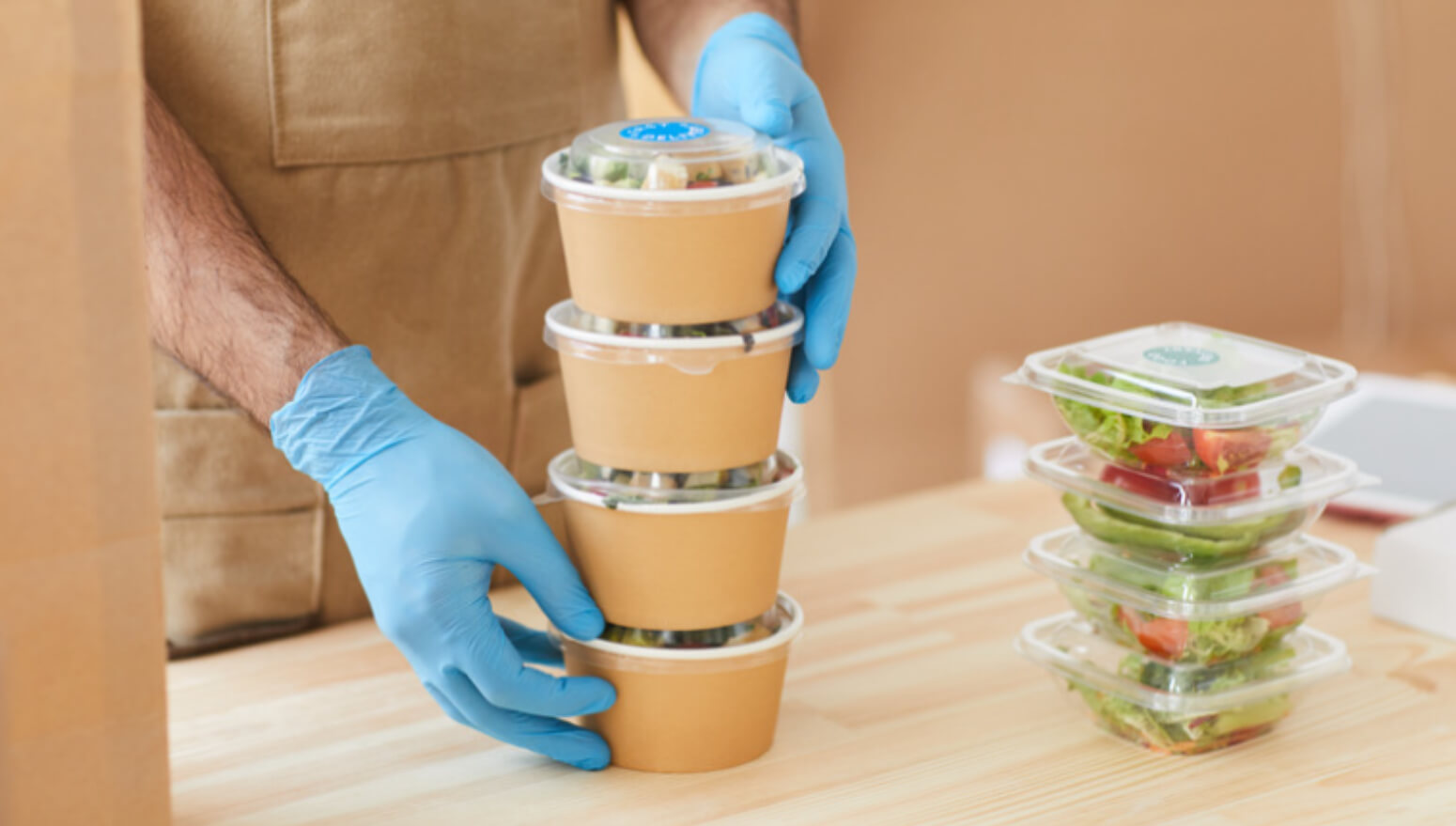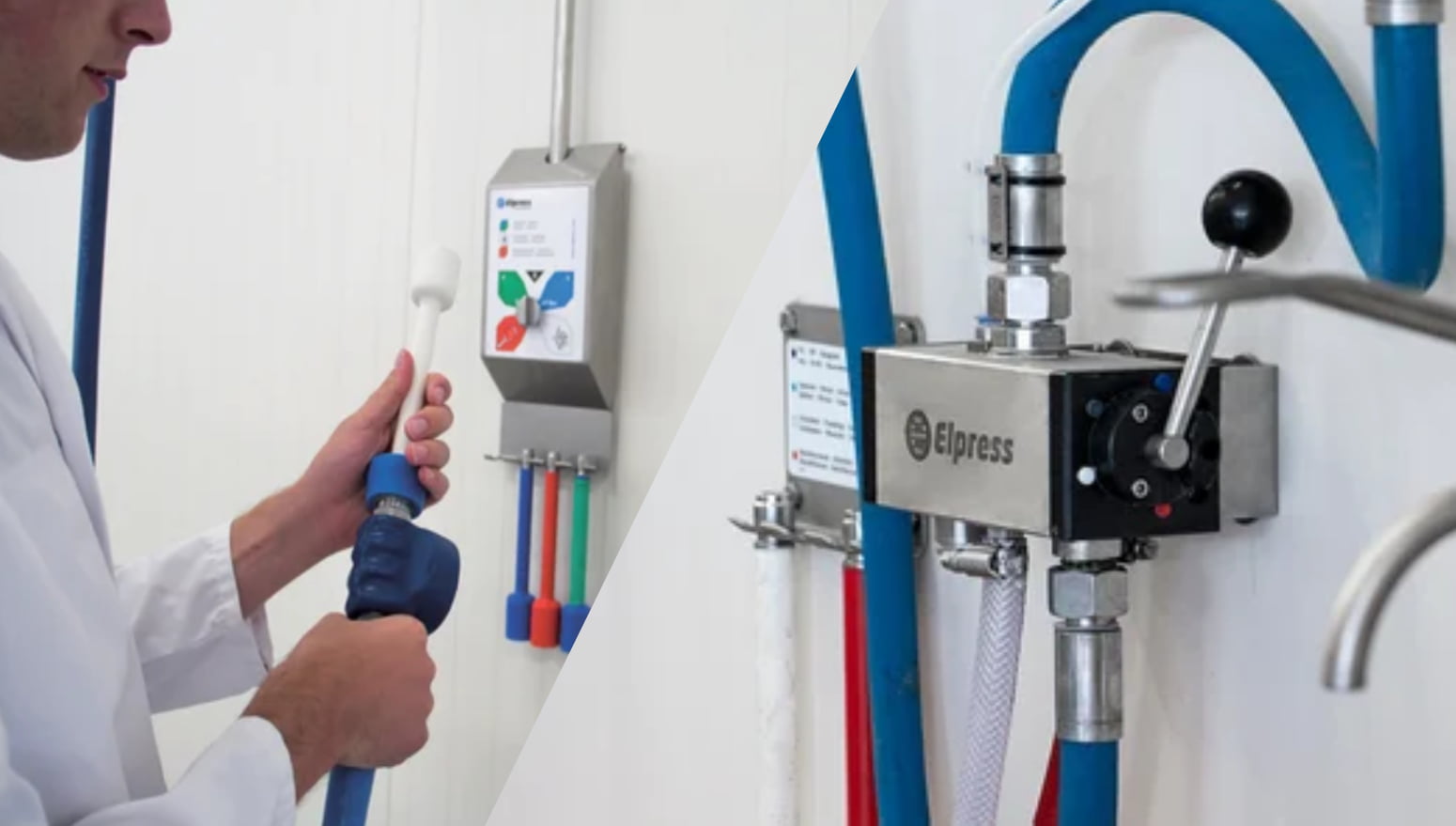Food quality assurance is a critical part of food processing. As the food industry continues to grow, there is an increasing demand for people, processes and equipment that can ensure food products meet the highest standards of safety and quality. One such tool is the metal detector. Read on to learn all about metal detector sensitivity in the food industry and what the future of metal detection looks like.
Overview
- History of metal detection in food industry
- Metal detector sensitivity in Australian food industry
- Future of metal detection in food industry
- FAQ
History of metal detection in food industry
Early days (1960s-1970s)
The Australian food industry’s adoption of metal detection began in the 1960s, with the first metal detectors being used in the baked goods industry and confectionery factories. These early metal detectors were relatively simple devices, often consisting of a single coil and a buzzer that would sound when a metal object was detected.
Growth and adoption (1980s-1990s)
The 1980s and ‘90s saw a significant increase in the use of metal detection in the Australian food industry, as the technology became more sophisticated and affordable. This was driven by a number of factors, including:
- Increased consumer awareness of the risks of metal contamination in food
- More stringent food safety regulations
- The development of more sensitive and reliable metal detection equipment
Maturity and innovation (2000s-present)
Metal detection has become an essential part of food safety in the Australian food industry. Today, metal detectors are used widely in all sorts of food processing applications.
Modern metal detectors are highly sophisticated devices that can detect even the smallest metal fragments. They are also very versatile and can be used to inspect a wide range of products, both packaged and unpackaged.
Metal detector sensitivity in food industry
The sensitivity of a metal detector is measured in millimeters (mm). It refers to the smallest metal sphere that the detector can consistently detect.
In Australia and New Zealand, the FSANZ Code sets out the minimum requirements for metal detection in food processing. The code states that metal detectors must be able to detect a 2.0 mm ferrous sphere, a 2.5 mm non-ferrous sphere, and a 3.5 mm stainless steel sphere.
Food processors in Australia are also required to have a documented metal detection program in place. This program should outline the procedures for operating and maintaining metal detectors, as well as the frequency of testing and calibration.
Metal detector sensitivity chart
| Detector Type | Product Type | Sensitivity Range (mm) |
| Ferrous | Meat | 1.0 – 2.0 |
| Ferrous | Dairy | 1.5 – 2.5 |
| Ferrous | Bakery | 2.0 – 3.0 |
| Ferrous | Fruit and Vegetables | 2.5 – 3.5 |
| Ferrous | Snack Foods | 3.0 – 4.0 |
| Non-Ferrous | Meat | 1.5 – 2.5 |
| Non-Ferrous | Dairy | 2.0 – 3.0 |
| Non-Ferrous | Bakery | 2.5 – 3.5 |
| Non-Ferrous | Fruit and Vegetables | 3.0 – 4.0 |
| Non-Ferrous | Snack Foods | 3.5 – 4.5 |
| Stainless Steel | Meat | 2.0 – 3.0 |
| Stainless Steel | Dairy | 2.5 – 3.5 |
| Stainless Steel | Bakery | 3.0 – 4.0 |
| Stainless Steel | Fruit and Vegetables | 3.5 – 4.5 |
| Stainless Steel | Snack Foods | 4.0 – 5.0 |
Factors that can affect metal detector sensitivity
Product effect
The type of food product being inspected can have a significant impact on metal detector sensitivity. For example, products with a high moisture content, such as meat and dairy products, can weaken the signal from the metal detector, making it more difficult to detect small metal fragments.
Product temperature
The temperature of the food product can also affect metal detector sensitivity. Metal detectors are typically calibrated to detect metal contaminants at ambient temperature. However, if the product is being inspected at a higher or lower temperature, the sensitivity of the detector may be reduced.
Packaging
The type of packaging used for the food product can also affect metal detector sensitivity. For example, metallised film packaging can interfere with the signal from the metal detector, making it more difficult to detect metal contaminants.
Future of metal detection in food industry
Thankfully, Eagle PI are experts in the field of foreign body detection, including metal—and FPE supplies their equipment in Australia and New Zealand.
In addition to basic metal detection, Eagle product inspection machines use advanced technologies, such as X-Ray inspection and dual energy material discrimination, to detect and remove contaminants from their products.
Their X-Ray inspection systems can help safeguard your brand’s reputation by screening all your food products for contaminants. Not only that, their all-in-one machinery can perform chemical lean analysis of your meat, along with a whole range of production line quality checks that include:
- Fill level inspection
- Mass measurement
- Seal inspection
- Component count
If you’d like to learn more about the foreign body detection machinery we supply, get in touch with the FPE team today on 1800 882 549 in Australia or 0800 100 003 in New Zealand.
Read more about quality assurance:
- Role Of Quality Assurance In Food Industry (vs Quality Control)
- Ensuring Quality Control in Bakery Processing
- Setting Quality Assurance KPIs in Food Manufacturing
Metal detector sensitivity FAQ
What are the metal detection standards for food industry?
The metal detection standards for the food industry are set by the Food Standards Australia New Zealand (FSANZ).
What is the sensitivity of a metal detector?
The sensitivity of a metal detector is the smallest size of metal object that the detector can consistently detect. It is typically measured in millimeters (mm). The required sensitivity of a metal detector will vary depending on the type of food product being inspected. For example, metal detectors used to inspect meat products will usually require a higher sensitivity than metal detectors used to inspect bakery products.
What does a metal detector check for in the food industry?
Metal detectors are used in the food industry to check for metal contaminants. These contaminants can originate from various sources throughout the food processing and manufacturing process, including:
- Equipment wear and tear: Small metal fragments can break off from machinery and equipment used in food processing, such as conveyor belts, mixers, and grinders.
- Raw materials: Metal contaminants can be introduced during the harvesting or processing of raw materials, such as pieces of machinery, metal wires, or staples from packaging materials.
- Human error: Accidental contamination can occur during manual handling or packaging, where metal objects like jewellery or tools might fall into food products.






